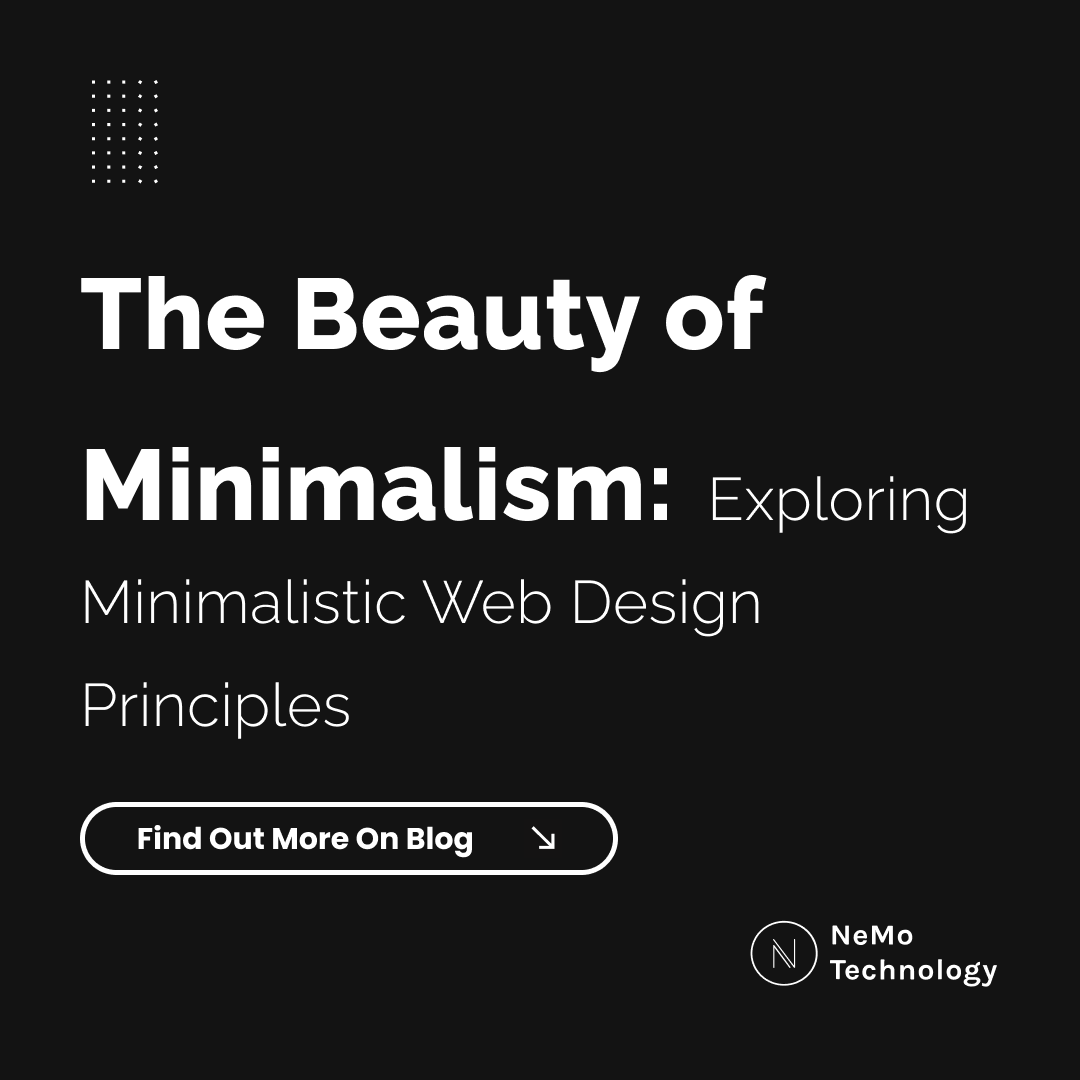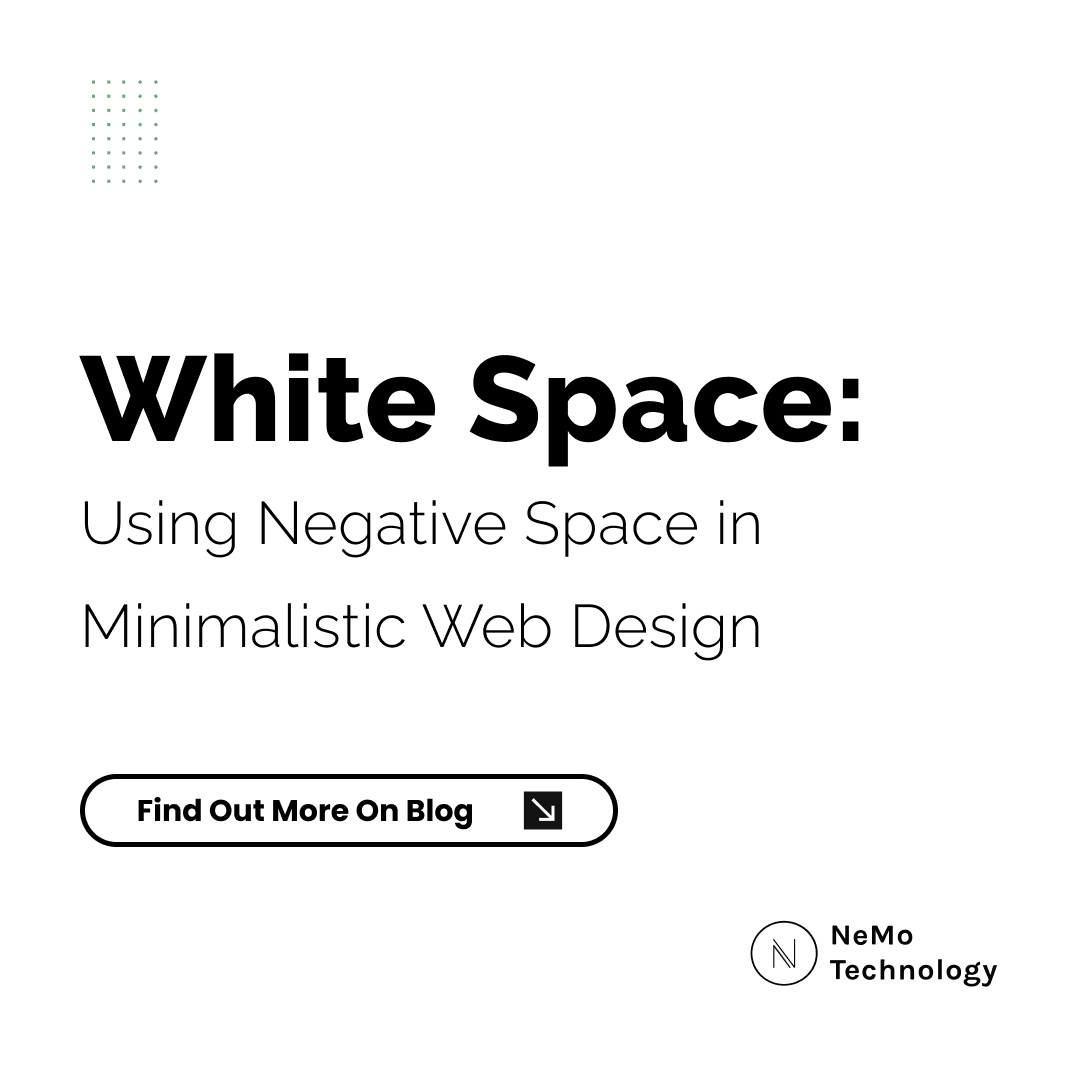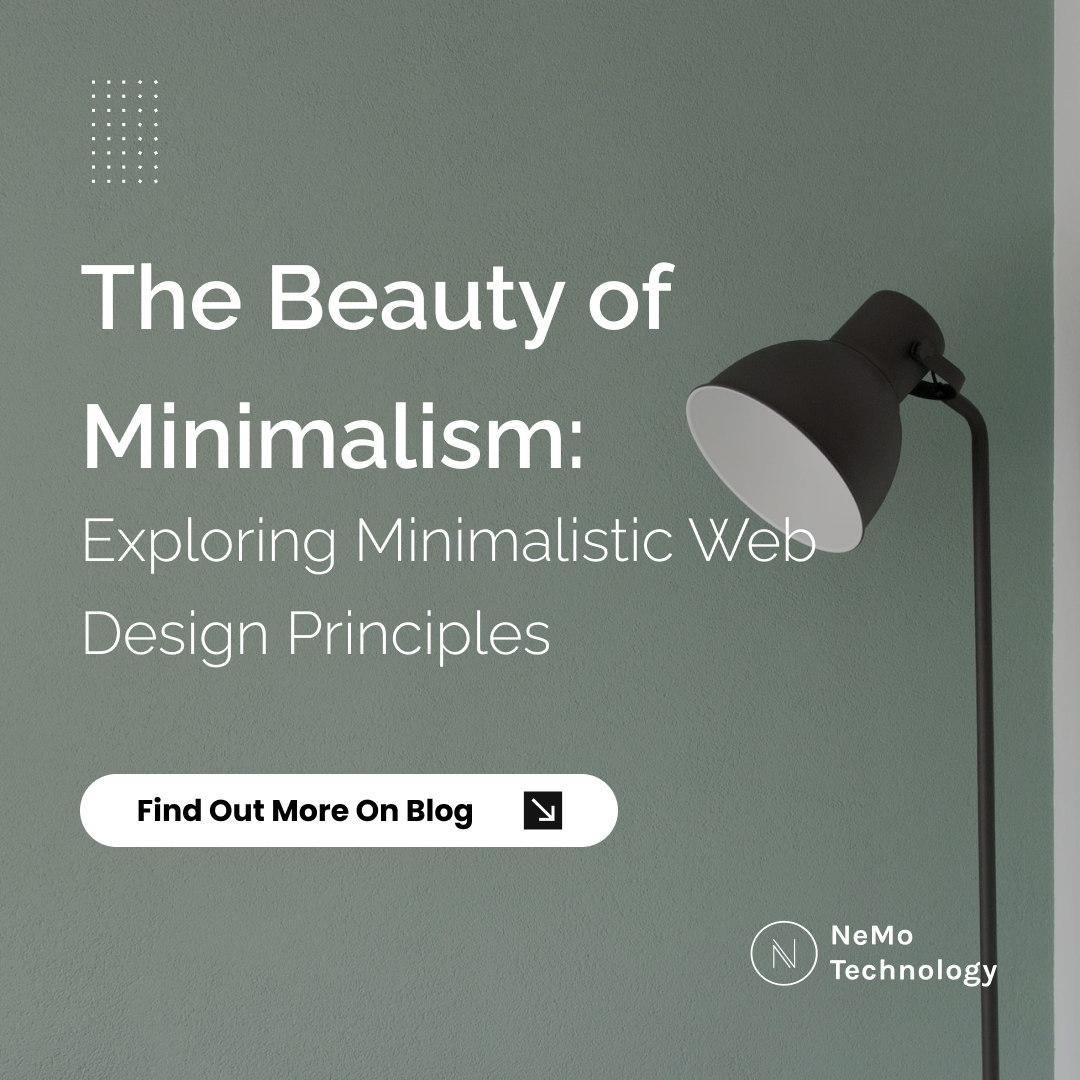In today’s digital age, minimalism has become a popular design trend in web design. Minimalistic web design focuses on simplicity, clarity, and elegance, stripping away unnecessary elements to create a clean and visually appealing user interface. This article delves into the principles of minimalistic web design and explores the beauty and benefits it brings to the online landscape.
At its core, minimalistic web design embraces the philosophy of “less is more.” It aims to eliminate clutter and excessive embellishments, allowing the content and functionality of a website to take center stage. By reducing visual distractions, minimalistic design creates a sense of calmness, enhances user focus, and promotes a seamless user experience.
One of the fundamental principles of minimalistic web design is the use of white space, also known as negative space. White space refers to the empty space between elements on a web page. It provides breathing room, enhances readability, and creates a sense of elegance. By strategically incorporating white space, designers can draw attention to key elements, improve visual hierarchy, and provide users with a visually pleasing and uncluttered browsing experience.
Another key principle of minimalistic design is the careful selection of typography. Minimalistic websites often feature simple, clean, and easy-to-read typography. Sans-serif fonts with a generous amount of white space between characters are commonly used to ensure clarity and legibility. Typography is used as a design element itself, allowing the content to shine and communicate the intended message effectively.
Minimalistic design also places emphasis on a limited color palette. Restricting the number of colors used on a website creates a cohesive and harmonious visual experience. Typically, a minimalistic color scheme consists of neutral colors such as white, black, and shades of gray, with occasional accents of vibrant colors to create visual interest. This minimalist color palette adds elegance and sophistication to the overall design while maintaining a clean and modern aesthetic.
In addition to color, minimalistic design emphasizes the use of simple and clean lines. Straight lines, geometric shapes, and minimal use of decorative elements contribute to the overall sleek and uncluttered appearance. This focus on simplicity enhances visual clarity, facilitates intuitive navigation, and creates a sense of order and balance.
Functionality and user experience are paramount in minimalistic web design. By removing unnecessary elements, designers can prioritize the most essential and valuable content, ensuring that users can easily find what they are looking for. Minimalistic design promotes intuitive navigation, clear calls to action, and a seamless user flow, allowing users to engage with the website effortlessly.
The benefits of minimalistic web design extend beyond aesthetics. Minimalism improves website performance by reducing the amount of data that needs to be loaded. Lightweight websites with optimized code and minimal assets result in faster loading times, which in turn enhances user experience and decreases bounce rates. Additionally, minimalistic design is responsive by nature, adapting seamlessly to different screen sizes and devices, which is crucial in today’s mobile-first world.
Minimalistic design is also advantageous from a branding perspective. It helps to establish a strong and memorable brand identity by focusing on core elements and visual simplicity. The deliberate use of space, typography, and color can communicate a brand’s values, personality, and uniqueness effectively. Minimalistic design fosters a sense of elegance and sophistication, positioning brands as modern, trustworthy, and forward-thinking.
Moreover, minimalistic web design is future-proof. Its timeless and enduring appeal ensures that websites will remain visually appealing and relevant for years to come. Minimalistic design withstands the test of time and changing design trends, offering a solid foundation for a website’s longevity.
Minimalistic web design is a powerful approach that emphasizes simplicity, clarity, and elegance. By employing principles such as white space, clean typography, limited color palettes and simple lines, minimalistic design creates visually appealing and uncluttered websites that enhance user experience and promote seamless navigation. With its focus on functionality, responsiveness, and brand identity, minimalistic web design offers numerous benefits for businesses and users alike. By embracing the beauty of minimalism, web designers can create timeless and impactful digital experiences that stand out in the online landscape. Whether it’s a portfolio website, an e-commerce platform, or a corporate site, incorporating minimalistic design principles can elevate the aesthetics, usability, and overall effectiveness of a website. Embrace the beauty of minimalism and unlock the potential for a captivating and memorable online presence.





